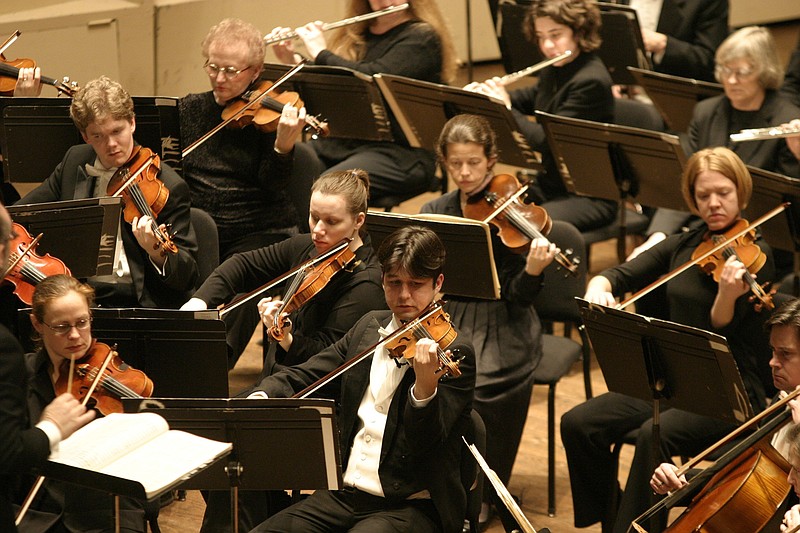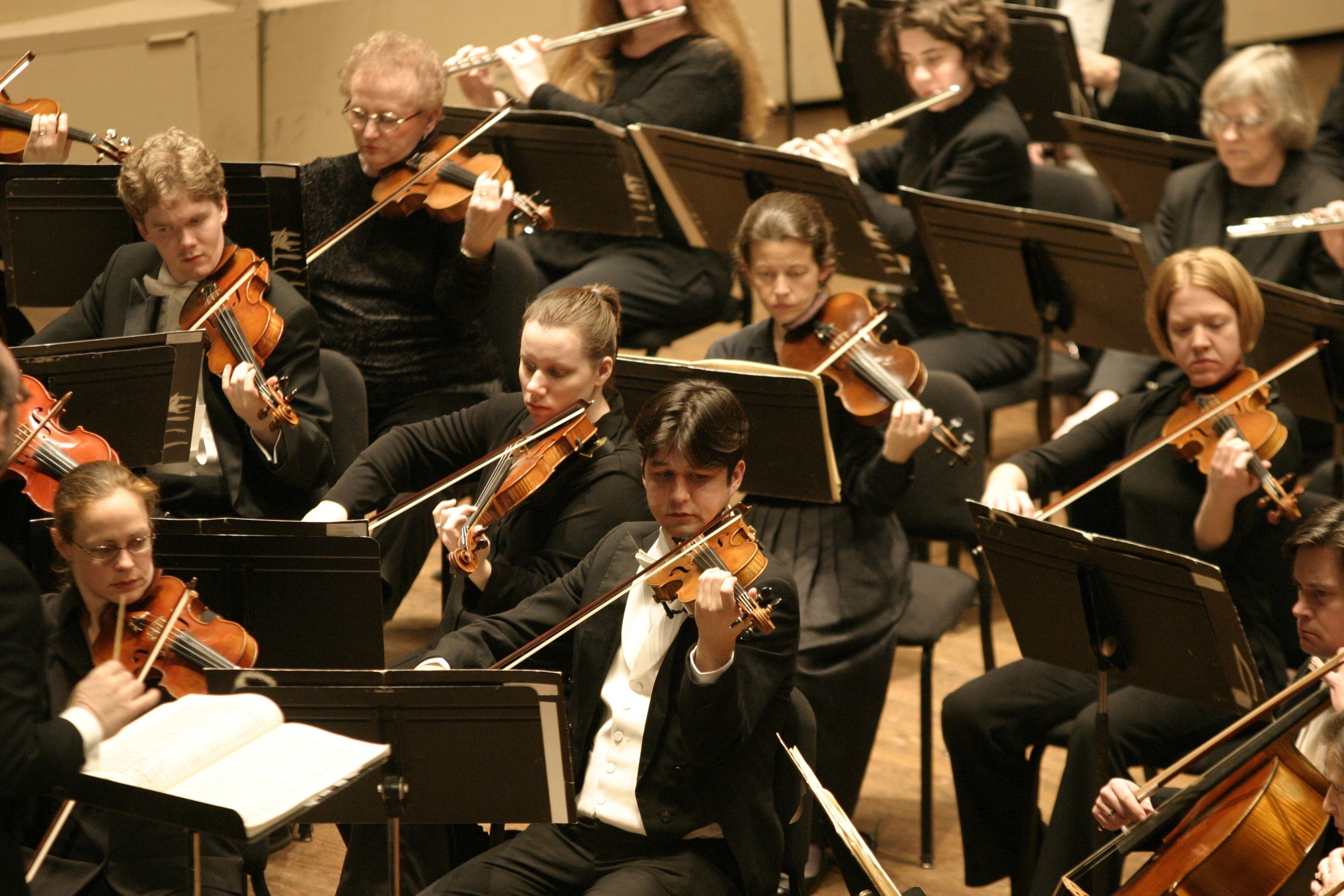Thursday evening the Chattanooga Symphony & Opera performed a thoroughly enjoyable and engaging concert that featured the premiere of an evocative composition by Ola Gjeilo. Also included on the program were two highly contrasting works inspired by the sea, by Claude Debussy and Benjamin Britten.
The concert opened with a rousing performance of Joan Tower's Fanfare for the Uncommon Woman No. 1, composed in 1986. The brass and percussion players of the CSO delivered an outstanding performance of this exciting and technically challenging work, with virtuosity and vigor, both powerful and precise. Right out of the starting gate, this music virtually explodes, and its driving rhythms and creative interplay among the different instruments propel the work forward to its energetic conclusion. In short, a dramatic beginning.
Next came Four Sea Interludes, Op. 33a, by English composer Benjamin Britten, extracted from his epic opera completed in 1945, Peter Grimes. In the opera, the interludes serve as scene changes, and they take the listener from one physical and emotional location to another. They go inside the characters' minds that are often filled with doubt and turmoil. But there are contrasting moments of ease and openness as well, such as the sweeping melody in the violins at the end of the second interlude (exquisitely performed by the CSO violin section).
Underneath Britten's emotionally resonant score lies a meticulous technical attention to detail, with often-subtle shifts in instrumental tone color, cross-rhythms (the use of two or more rhythms simultaneously), and instrumental balance. Both conductor and orchestra were highly effective and very impressive in negotiating the fine points of this piece. If there might have been a few times where things didn't quite line up perfectly, it hardly mattered because the global effect was profound, which is what music is really all about.
The first half of the evening's program concluded with a moving performance of Norwegian composer Ola Gjeilo's new work, Dreamweaver. Composed in seven sections, the work is based on an epic poem entitled, "The Dream Lay." Although its origins are unclear, there is evidence that the ballad dates as far back as the earliest days of Christianity in Norway, the eleventh century, when the Christian faith existed alongside the old heathen gods. It has since inspired many Norwegian artists.
Billed as premiere of the revised, official version, the work is scored for strings, piano, chorus and soprano soloist. The choir sang with great feeling, conviction, and tonal warmth, and soprano Caitlin Hammon Moore performed with a beauty of tone, sensitivity and clarity that added a welcome additional dimension to the overall texture. There is a film-music quality to Gjeilo's style in this piece, in all the best meaning of that genre, that created a sound-world that was at once enveloping and reassuring, and well-served the mysterious and transcendent text. The audience responded with enthusiastic and well-earned applause.
After intermission, the orchestra presented a brilliant performance of Claude Debussy's masterpiece, La Mer. One of the great works of art of the early 20th century, this is tone-painting at its finest. Instrumental colors - primary, secondary and tertiary - abound in this innovative, hypnotic and dramatic composition. Debussy combined instruments in fresh new ways that enhanced the expressive and impressionistic nature of his work, and the CSO players made the most of the opportunities. Principal harpist Caroline Brown Hudson was particularly outstanding, as she was in the Britten work.And Maestra Dan conducted this rewarding music with passion and understanding, very ably piecing together the myriad specifics into a coherent whole.
This was the final Masterworks concert of the season for the CSO. We look forward with much anticipation to next season's offerings.
Review author Douglas Hedwig was a trumpeter with the Metropolitan Opera Orchestra in New York City for 27 years and also was on the faculty of The Juilliard School. He is Professor Emeritus of Music at the Conservatory of Music at Brooklyn College and The City University of New York and his compositions are published by Carl Fischer Music and TNR Music Publishers. He and his wife, Mimi Jones Hedwig, moved to Chattanooga in 2013.

